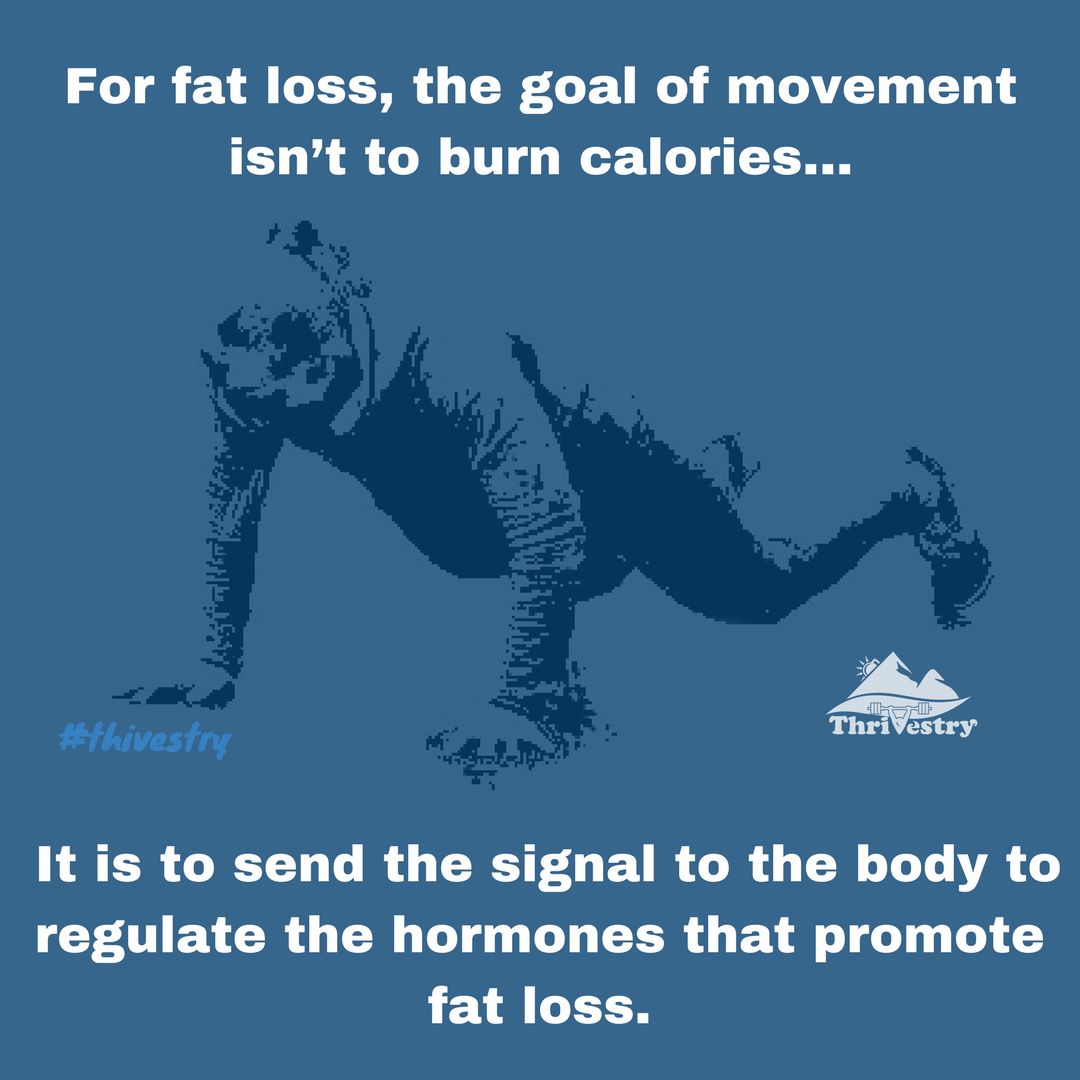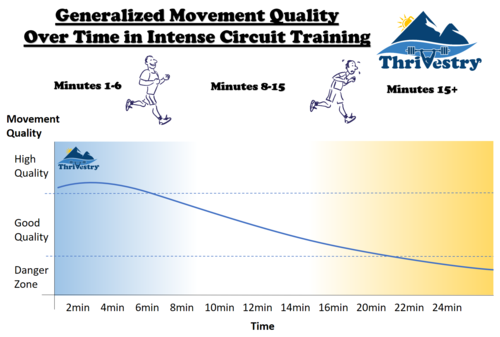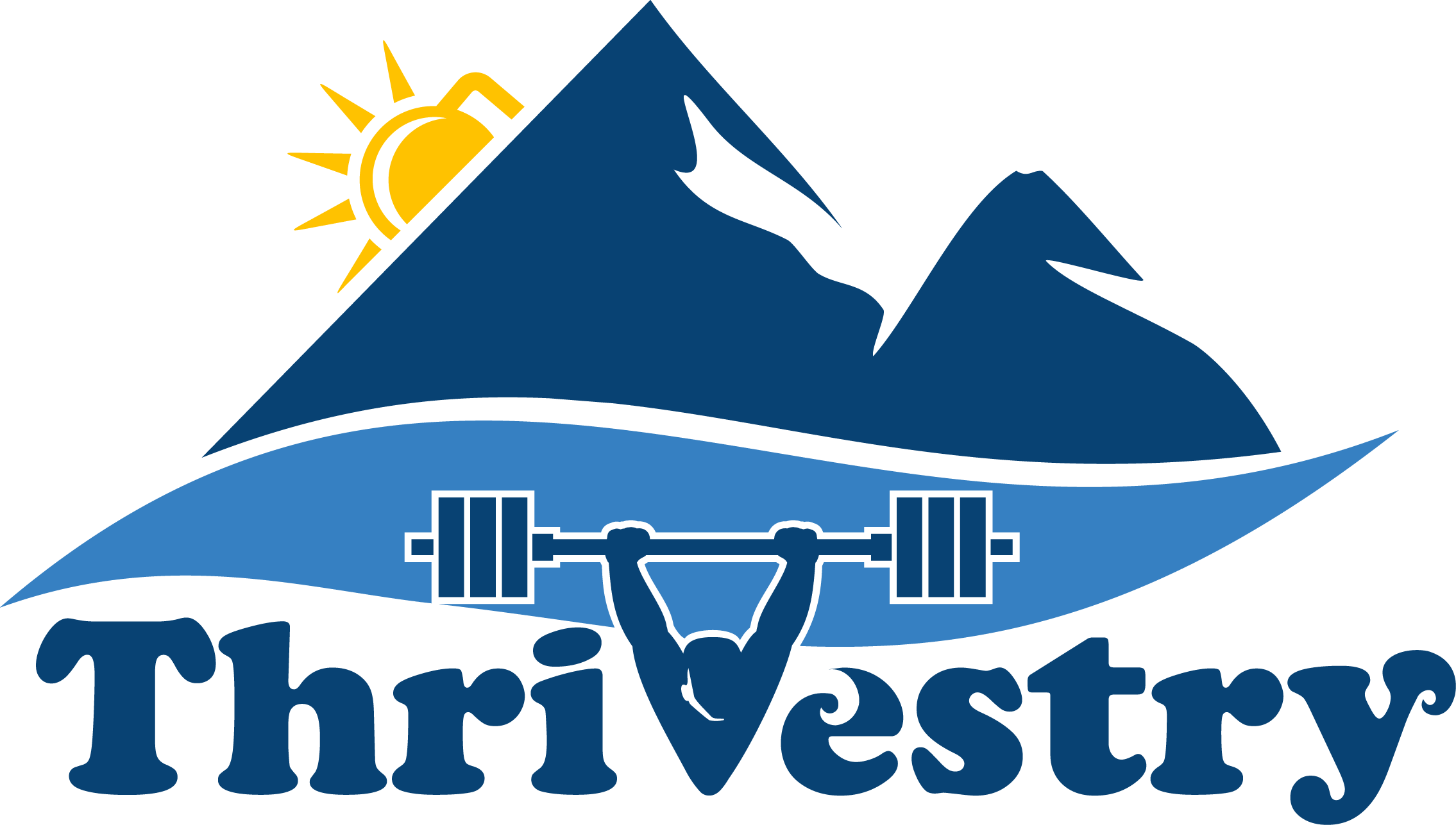Are Shorter Metcons Worth It?
Spring/Summer is the time of year when we start hearing about people wanting longer metcons… more than usual anyway. I suspect that it has to do with those of us in the Northern Hemisphere are starting to see more sunshine, and are starting to think about summer. And bathing suits.

People who are working hard in the gym want something to show for all of their efforts. Generally speaking, just about every person in our gyms would like to ‘look better’, even if they already look amazing! It is important to recognize that, and help people make the right decisions to get them to their goals.
We have learned with habit formation, it is nearly impossible to eliminate a habit, you must replace it. I suspect this is the reason so many people gravitate toward doing more at the gym to change body composition. It is easier to ‘add more’ exercise than it is to ‘eat less’ crap. The problem is that most people don’t understand the role exercise plays in body composition.
Hormones and neurotransmitters are the drugs that shape our experiences as walking chemical laden meat bags. There are drugs and chemicals we can take deliberately to change our experience and our physiology, but there are more healthy (and time tested) ways to do it. They are:
Food. Sleep. Movement.
And when it comes to body composition, it goes in that order.
What most people don’t realize, is that it isn’t the calories eaten or burned that does it. Not the only thing anyway. It is the hormonal response to these stimuli that cause the body to change.
When we eat the right foods for our physiology, we will control our appetite, store less bodyfat on our bodies, have more energy, be in a better mood, etc. When we get adequate amounts of sleep in a quality environment, we magnify the benefits of the food and exercise, in addition to getting some sweet benefits on its own!
Now let’s get a bit more in-depth when it comes to movement and exercise.
When we move, our body gets a stimulus. If that stimuli is heavy/explosive, the body releases hormones that send the signals to build muscle, increase bone density, thicken tendons, etc. If that stimuli is long in duration and high repetition, the body releases hormones that send signals to the body to increase blood volume, grow a bigger heart, increase vascularity in tissues, increase energy stores, etc.
For fat loss, the goal of movement isn’t to burn calories. It is to send the signal to the body to regulate the hormones that promote fat loss.
This is where intensity comes in.
Fran completed 2 reps a minute would take you 45 minutes. Technically, you burned the exact number of calories as a 2 minute Fran (more if you take into account all of the extra picking up of the bar). Which version is going to be more uncomfortable? Which version is going to burn more fat?
It turns out Dr. Tabata (yes, THAT Tabata) figured out that not only do higher intensity intervals mean faster gains, it also means extra calories burned AFTER the workout.
“The results were startling. After six weeks of testing, the group following Tabata's plan – exercising for just 88 minutes a week – had increased their anaerobic capacity by 28% and their VO2 max, a key indicator of cardiovascular health and maximal aerobic power, by 15%. The control group, who trained for five hours every week, also improved their VO2 max, but by 10% – and their training had no effect on anaerobic capacity.”
Dr. Tabata goes on to explain that the intensity needs to be HIGH. In his study, he had the subjects doing a 10 minute warm up, then going at 170% of their VO2 max for 4 minutes of intervals. That is REALLY HIGH. He makes a point of saying that most people aren’t going hard enough when they do intervals.
He also talks about the protocol measured an additional 150 calorie burn for the 12 hours after the workout. I’ve seen research that says that the metabolism may keep burning calories for 24-48 hours after the workout! This effect does not happen with the lower intensity workouts. Relatively quickly after the workout, the metabolism drops back to normal.
Yeah, yeah. I know I am preaching to the choir with you all. You are probably asking “What does this have to do with talking to people who want more cardio?”
The reality is, the benefit we are seeing from these high intensity workouts is only when the intensity is at its peak. In Dr. Tabata’s research, a 10 minute warm up with a 4 min sprint interval. 14 total minutes.
What we are doing with the short metcons, is maximizing our time while minimizing risk. We are getting people to that peak intensity, then stopping when we get diminishing returns. As the workouts get longer, people are moving slower, injuries are more common, delayed onset muscle soreness is increased, etc.
Once we have sent the signal to our body to release HGH and other hormones, there isn’t a big benefit to keep going. In fact, there is evidence that going long all the time will just send the signal to the body that we need to eat a lot more food to fuel those efforts!

We need to educate our clients that hour of movement practice sending the right signals is what they need. That hour should include movement quality work, accessory work, strength development, high intensity, etc. If we do too many workouts that are in the 25-30+ minute domain, we will have to cut out some of the other stuff. Why do that when we are really only getting the benefit from the 4-10 minutes of peak intensity?
But what about people who just ‘NEED to sweat’?
Some people will never be happy with the explanation, and they will still want to do ‘more’. Sometimes it is because they can’t seem to get to that peak intensity, and sometimes it is an addiction to the endorphins released when doing the longer workouts.
Here are some tips:
- Show up to the gym 10 or more minutes early and immediately start moving. Include a jog or a row that you can do some intervals on. Finish with a sprint that leaves you breathing hard. I prefer movements that don’t require a lot of mobility prep or equipment to set up. I am also a fan of empty barbell and kettlebell complexes that reinforce good movement skill.
- Go hard on the group warm up with the class. Do extra reps if necessary. Do not ‘stroll’ through this part of the class to save yourself for later workouts.
- Be aggressive with the skill practice. Use a clock to do reps on the minute. Minimize rest, and do the movement on your own as the coach demonstrates.
- If there is a lift that day, do extra warm up sets. If there is 7 working sets, plan on doing 4-5 warm up sets at a lighter load. Go lighter on the ‘working’ sets, and minimize rest. Add a movement on your own to do between sets (like a few strict toes to bar, some yoga or gymnastic static holds, a loaded carry like farmers walks, overhead walks, etc.)
- If you have time, do a drop set after the lift. As you strip the bar, do a set of 5-8 reps. Do another set of 8-12 with even less weight. Then do a final set with the empty bar. If you have time, mix in the bonus movement each set mentioned above!
- Before starting the metcon, do 2-4 ‘half rounds’ for quality. Move at a deliberate pace really focusing on form. The rounds don’t have to be exactly cut in half (a 400m run may become a 100m for example), but it should be a 2-6 minute effort. Rest no more than a minute or two before the workout starts.
- Do the metcon with the appropriate scaling/progressions to get maximal intensity.
- Immediately after the workout (or 1-2 minutes after), do a cool down or cash out. Keep the difficulty/loads easy and plan on moving for another 4-6 minutes.
- Bonus Tip: Wear extra layers the entire session. There is more and more evidence coming out that being ‘hot’ is one of the signals to the body to adapt positively to exercise!

If done correctly, heart and respiratory rates will spike 7 or 8 times in the hour. Think of it as 6-7 medium workouts, with one really intense one!
This ended up being quite a long piece! I hope this helps you educate your members about how exercise is used to change body composition, and how you can make sure people are getting what they think they need out of the training session.
Thrive on.
-jj

0 comments
Leave a comment